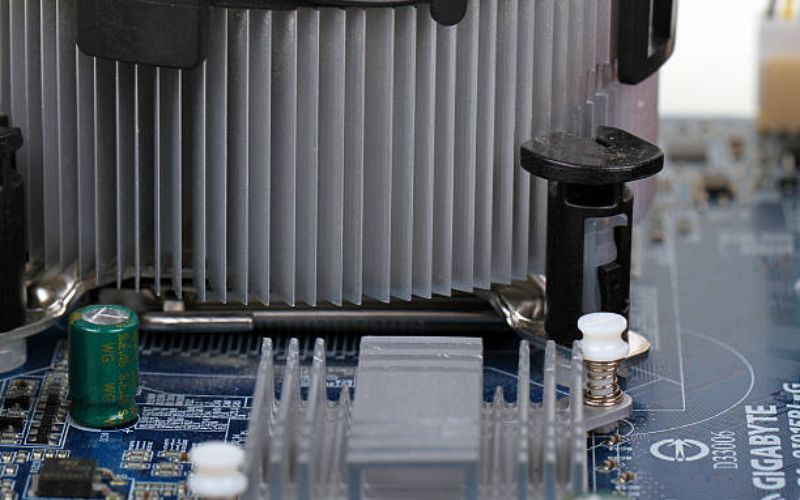Introduction
When it comes to heat sink materials, aluminum has been a popular choice for a long time. However, some people may wonder if aluminum is truly the best option. In this article, we will explore the pros and cons of using aluminum as a heat sink material.
Pros of Using Aluminum as a Heat Sink Material
High Thermal Conductivity
One of the biggest advantages of aluminum as a heat sink material is its high thermal conductivity. This means that it can transfer heat away from a source, like a computer processor or LED light, quickly and effectively. Aluminum has a thermal conductivity of around 250 W/mK, which is higher than other popular heat sink materials like copper and steel.
Lightweight
Another benefit of using aluminum as a heat sink material is that it is lightweight. This makes it easier to handle during manufacturing and installation. It also means that the overall weight of the heat sink will be lower, which can be important in applications where weight is a concern.
Cheap and Widely Available
Aluminum is also a relatively cheap and widely available material. It is easy to source and manufacture, which can help keep costs down for heat sink manufacturers and consumers.
Cons of Using Aluminum as a Heat Sink Material
Low Melting Point
One of the biggest drawbacks of aluminum as a heat sink material is its low melting point. Aluminum has a melting point of around 660°C, which is lower than other commonly used heat sink materials like copper and steel. This means that it may not be suitable for high-temperature applications.
Prone to Corrosion
Aluminum is also prone to corrosion, especially when exposed to certain chemicals or environments. Corrosion can weaken the heat sink, reducing its effectiveness over time. This means that aluminum may not be the best choice for applications that require long-term durability.
Lower Thermal Capacity
While aluminum has high thermal conductivity, it has a lower thermal capacity compared to other materials like copper. This means that it may not be able to absorb and store as much heat, which can limit its effectiveness in some applications.
Conclusion
In conclusion, aluminum can be a good choice for a heat sink material in certain applications. It has high thermal conductivity, is lightweight, and is cheap and widely available. However, it also has drawbacks like its low melting point, tendency to corrode, and lower thermal capacity. It is important to consider the specific needs of each application when deciding whether aluminum is the best choice for a heat sink material.
heat sink material, aluminum, thermal conductivity, thermal capacity, melting point, corrosion
Is Aluminum a Good Heat Sink Material? Pros and Cons
Learn about the benefits and drawbacks of using aluminum as a heat sink material - from its high thermal conductivity to its low melting point and susceptibility to corrosion. Make an informed decision for your specific application.
Quote Inquiry
Contact us!

